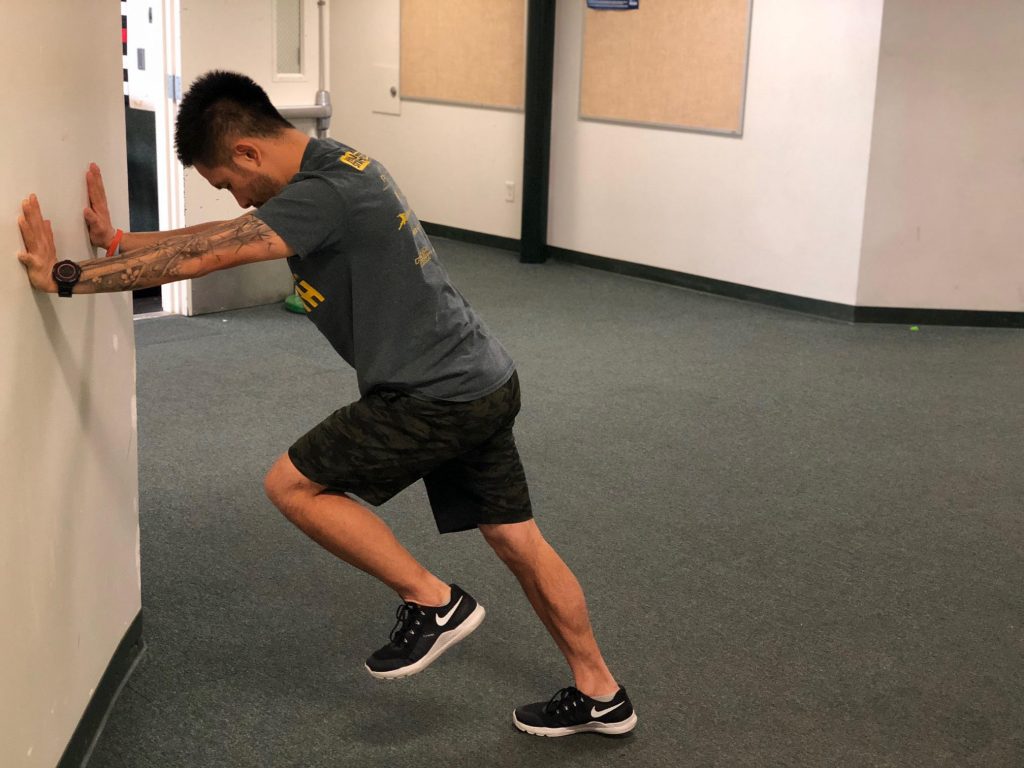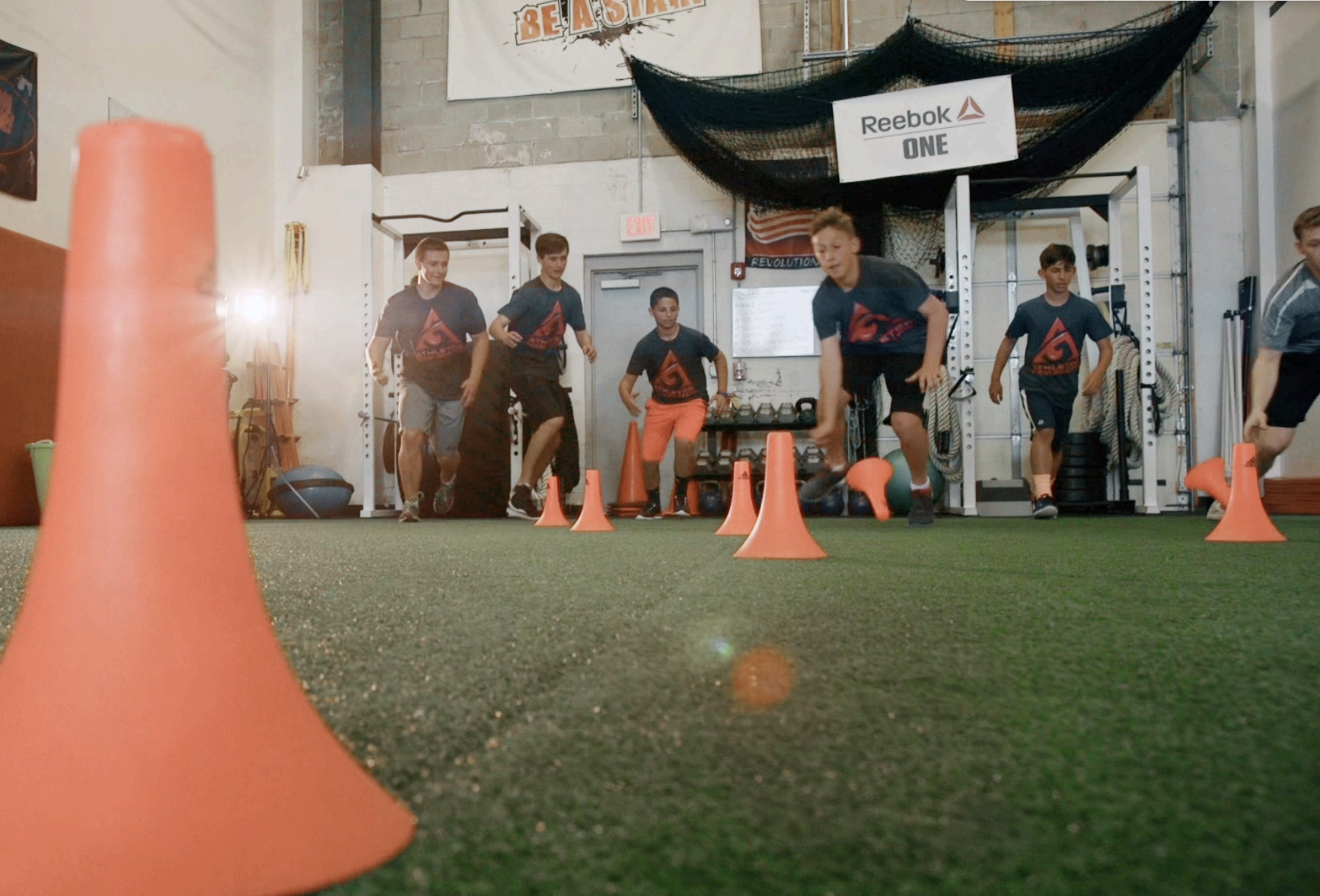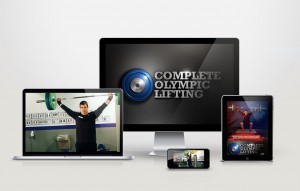Power and Speed Training with Limited Resources
By: Pui Lok Choi
When athletes need to train for speed or power, we typically think space for speed and equipment for power. However, in the absence of space and equipment, we as coaches need to adapt the program not only to the needs of the athlete but to the resources we may or may not have. The following are some tips for power and speed training with limited resources.
Speed
With speed, a component that needs to be trained is the ability to change direction to meet the demands for court and field sports. Speed training with limited resources and/or space can be done.
Pro Agility (5-10-5)
The Pro Agility (5-10-5) is a great drill to teach acceleration, deceleration and reacceleration. With the Pro Agility, the drill is set up with 3 cones, each 5 yards apart. The athlete starts in the middle cone, sprints 5 yards to her right cone, stops and changes to the left far cone 10 yards away and finishes off changing directions to her right through the original cone. To work the opposite, simply start the athlete to the left instead of the right.
To make the drill more challenging or more specifically, getting the athlete out of the sagittal plane, athletes can go through with different or combining various locomotion patterns like: shuffle, carioca, crossover run, backpedal, or starting from the ground in either a prone position or ½ kneeling.
Competition
Pro Agility is also great to get athletes to compete. Having the athletes face each other on both sides of the cone can turn this drill into a race.
Wall Sprint Drills
All you need is wall or partner. This drill teaches the athlete to pick the knee up without moving the lower back or, quite simply, disassociate the lower body from the upper body. Another benefit of the wall drill is teaching the athlete how the foot should strike the ground, rhythm, and good body lean.
Set up: the athlete should lean 45-60 degrees against a wall with arms locked out and core engaged. Start the drill with the athlete having one hip flexed or knee above the hip. Next, the athlete should “drive” the foot down from his flexed hip in a dorsiflexed (toe up) manner, bring the opposite leg up and finish in the same starting position with the opposite foot up.


Click Here to get the Acceleration Checklist
The simple checklist Coach Lee Taft uses to teach acceleration.
Power
In terms of power we think force and velocity, namely Olympic Weightlifting comes to mind to generate triple extension of the ankles, knees and hips.
What to do if you can’t Olympic lift? Don’t!
Med ball throws/ toss variations
Med Ball throws and toss variations are a great way to train the velocity portion of the force-velocity curve. With the med ball, you can once again train out of the sagittal plane and get triple extension similar to the Olympic lifts.
While med balls are great, they may require more space and/or a support structure that allows the balls to be thrown at. A power exercise alternative would be to use dumbbells for power.
DB Hang Power Clean and Jerk
With Dumbbells, you can train a little heavier than a med ball and if they’re done unilaterally, two athletes can share a pair of dumbbells. The unilateral component of a DB clean, because of the off-set weight, is a little more sport specific by nature and allows the athlete to accelerate and receive weight with one side of the body at a time. The DBs are also easier to teach, so if you were short on time or had a new athlete, this can be another tool in the box.
Lastly, when training power for athletes: KISS (Keep It Simple St….id).
Plyometrics don’t necessarily require a ton of space nor equipment. With jumps, for example, we think 2 legs to start and 1 leg hops as a progression.
Need help breaking down the king of all lifts? Learn how to teach the clean.
Squat Jumps
Squat Jumps can be a base to teach force reduction and sound landing mechanics with the start of a jump and finish of a jump in the same position. Once landing mechanics are mastered, the athlete can progress to repeat squat jumps in the next phase.
The goal of the next phase is for athlete to jump as high as possible, land softly and accelerate as quickly as possible while decreasing ground contact times.
Hops
While squat jumps are a great way to train bilateral power, hop variations can be a great way of training plyometrics out of the sagittal plane. Hopping both medially and laterally and landing in a stable manner is also a great way to decrease the incidence of ACL injury. After the athlete can hop and stick the landing, athletes can progress to hopping over an object while trying to decrease ground contact times.
When training for speed or power with limited resources, these speed and power development exercises are tools for a coach or an athlete to use if and when resources are limited. For more information on jump training, Complete Jumps Training can be found here: Complete Jumps Training.
 About the Author: Coach Pui Lok Choi
About the Author: Coach Pui Lok Choi
Pui Lok Choi is an Assistant Strength and Conditioning Coach/ Kinesiology instructor under 2017 National Sports Performance Association (NSPA) Coach of the year, Matt Durant at The University of La Verne. He also serves as an Assistant Football/Head Strength and Conditioning coach at La Sierra High School in Riverside, Ca. In addition to coaching, Choi trains athletes from MMA to court/field sport athletes along with the general population privately. He holds a CSCS from the NSCA, a Performance Enhancement Specialist certification from the NASM and EXOS, and earned a Masters’ in Exercise Science from California Baptist University. He is a lifelong learner and enjoys seeing how resilient people can become through fitness.
Recommended Athletes Acceleration Products






0 Comments for “Training For Speed and Power with Limited Space and/or Equipment”